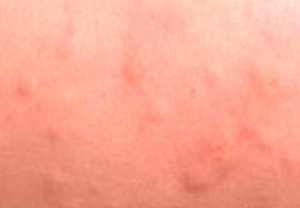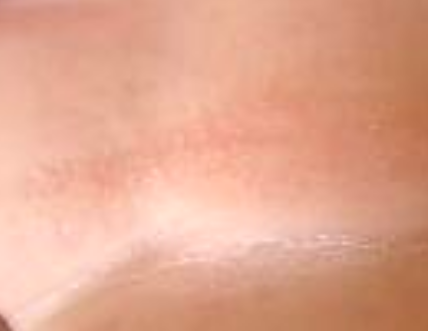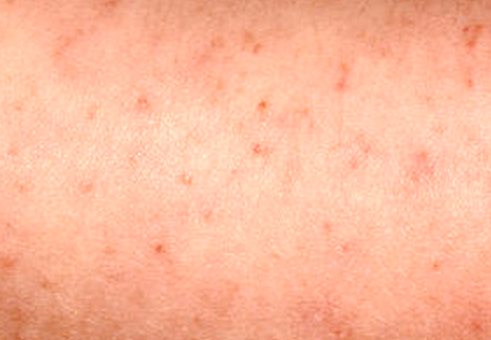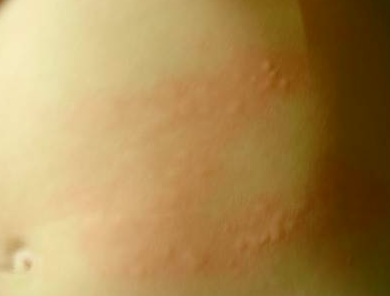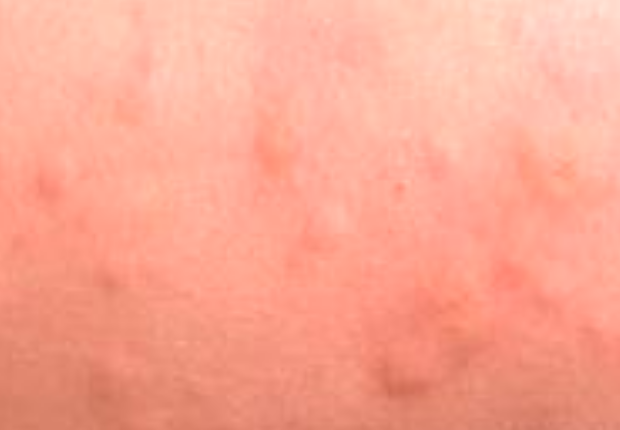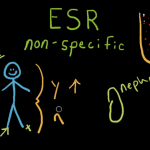A viral rash is different from the widespread, typical skin rashes which can be observed in patients. It can be differentiated from other common rashes via characteristic symptoms as discussed below. A viral rash tends to look similar to other kinds of rashes, and hence requires appropriate tests for effective diagnosis. A majority of cases indicate the presence of an underlying condition which has resulted in the formation of the rash. Treatment is dependent on finding out the associated cause and then curing it.
There are two kinds of viral rashes, namely, a ‘regular viral rash’ that is caused due to infection by viruses, and a ‘post viral rash’ that arises after the infection. The former can occur due to varied diseases like chicken pox, measles, etc., while the latter can appear even after the successful treatment of the preexisting condition.
Most cases of ‘post viral rash’ fade away on their own without relevant treatment. However, occasionally, it may deteriorate with the passage of time and lead to varied abnormalities such as inflammation, elevated redness, pain, and other related symptoms. It is therefore important for all individuals to seek immediate medical care whenever they come across symptoms of a viral rash, without waiting for it to disappear on its own. This will ensure that the condition does not lead to complications.
As compared to adults, children are at greater risk to development of viral rash. It does not however rule out the possibility of adults being affected by the rash.
Symptoms of viral rash
Viral rashes may appear just like a number of other skin rashes. However, they elicit certain distinct characteristics which help isolate them. These distinguishing features will aid in the diagnosis of the underlying medical condition and thereby ensure effective and prompt treatment.
A few unique signs and symptoms of viral rash are listed below:
- Patients affected by the rash generally tend to experience it along with fever and headaches. When the skin rashes occur along with these two common symptoms, then it is most likely to point to an infection of the body by viruses, and that the rash is most likely to be a viral rash.
- A majority of patients are also likely to experience other symptoms such as abdominal pain, and muscle aches and pains
- Other symptoms associated with viral rashes include chills, loss of appetite, malaise, and elevated irritability.
The above listed symptoms can be termed as the general signs associated with viral rash. There are a number of unique symptoms that occur along with each case of viral rash, which in turn are helpful in diagnosing the underlying cause of the condition.
Causes of viral rash
A viral rash is typically caused due to two types of viral infections. They include infection of the skin caused by a virus, and other types of infections which are caused due to a combination of bacterial and viral infections.
The two most common types of viral skin infections are chickenpox and measles. They can be easily diagnosed due to the presence of distinctive viral rashes on the skin. Viral rashes caused due to a combination of viral and bacterial infections consist of diseases such as scarlet fever and viral hepatitis.
It can thus be concluded that viral rashes are caused due to clear and varied underlying causes. In most cases, infection by viruses is the main cause. It may also be noted that the presence of just the rash is not harmful. However, the accompanying symptoms may result in medical complications.
Therefore, individuals who experience any of the above discussed symptoms must seek medical attention to confirm the presence of viral infections. The symptoms play an important role in the effective diagnosis of the underlying medical condition, which in turn leads to a prompt and successful treatment of the disease.
Treatment of viral rash
A viral rash generally tends to affect more children than adults. As they are unable to take care of themselves, parents must ensure that they take all the necessary measures for diagnosing the causal disease of the rash, and then resolve it via proper remedial steps
It is important to discuss all the symptoms accompanying a case of viral rash with your doctor; down to the last minute detail. This will help the doctor to conclusively diagnose the underlying cause and thereby start the treatment as soon as possible.
After the diagnosis, the health care provider will recommend various medications essential in treating the viral rash and the underlying viral infection. A few examples are given below:
- Chickenpox is a contagious condition and spreads through oral and nasal secretions. Hence, the patient is placed in isolation at home, till the final lesion has crusted over. Chickenpox has no cure, but it has a vaccine which helps in preventing the disease. Doctors may prescribe medications to alleviate itching.
- No available medications can treat hard or regular measles. The illness will cause a lot of discomfort, but it disappears on its own without any lasting effects. A few patients may developcomplications such as low platelet count, bronchitis, ear infection, encephalitis, and pneumonia, which require relevant treatment. Measles can be prevented by administering the measles (MMR) vaccine at age 12 to 15 months and then repeating the dosage at age 4 to 6 years.
- Rubella has no particular treatment other than supportive care. It is a mild and temporary disease. It can be prevented with the MMR vaccine
- Fifth disease is another viral illness that causes a symptomatic rash. The disease resolves on its own, and treatment includes only supportive care. Children with leukemia or sickle cell anemia can experience harmful complications of fifth disease, and hence special care is required. The disease is no longer contagious after the appearance of the unique rash. Affected children can then go back to school.
- There is no available treatment for roseola other than comfort measures. The doctor may prescribe acetaminophen if needed. It may also be noted that roseola can sometimes be accompanied by mild seizures which have to be checked by a physician.
- Herpangina, and hand foot and mouth disease may be treated with ibuprofen for discomfort and fever.
- Petechiae along with fever is a dangerous viral condition that requires immediate medical attention.
Viral Rash Pictures
